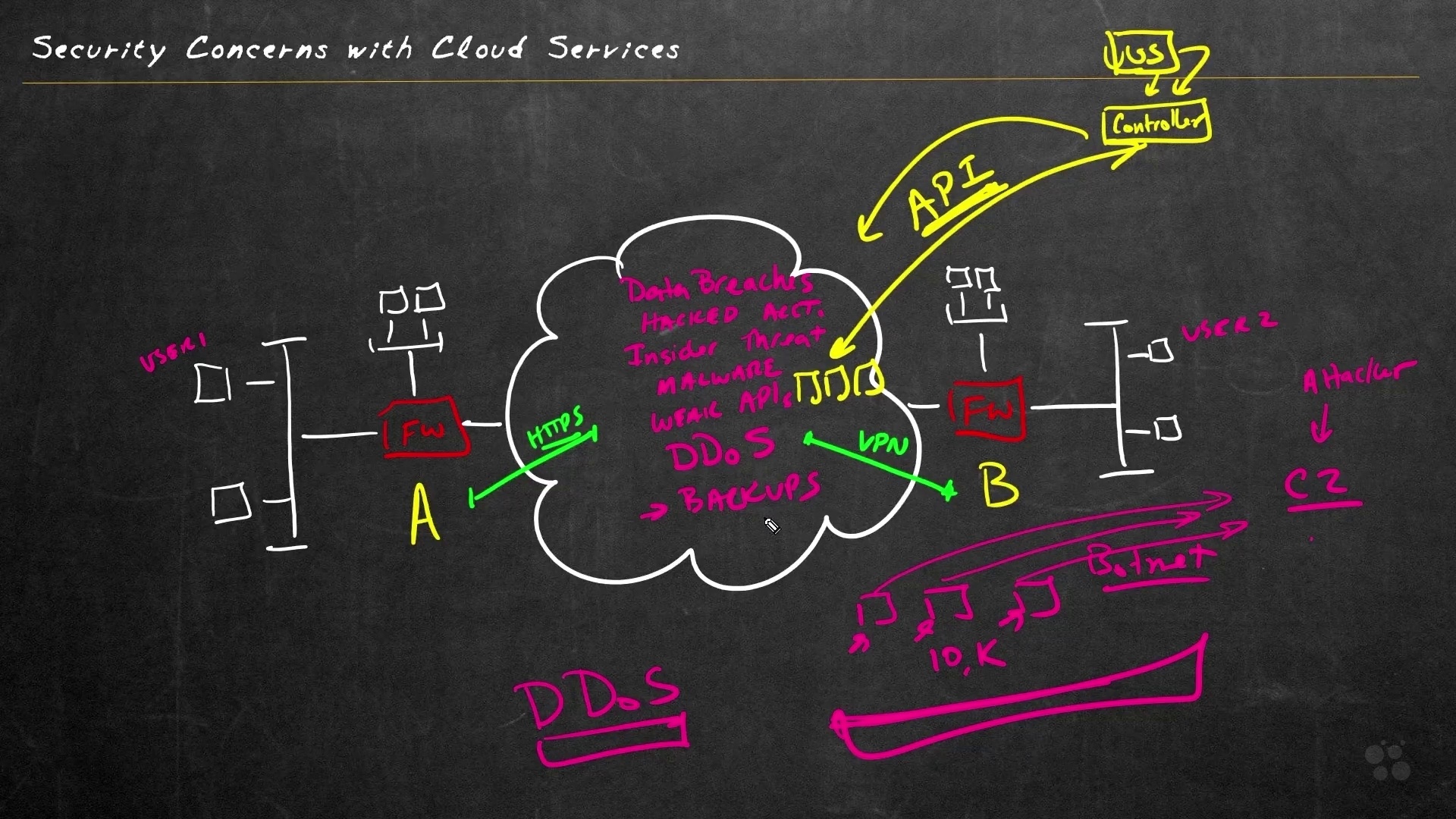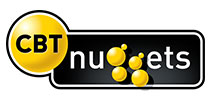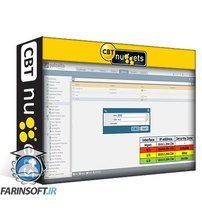در حال حاضر محصولی در سبد خرید شما وجود ندارد.

This entry-level CompTIA Network+ training prepares learners to take the N10-008 exam, which is the one required exam to earn the Network+ certification.
The Network+ certification from CompTIA is one of the most popular IT certifications in the world. The Network+ is so popular because it doesn't cover any one vendor or manufacturer. Instead it focuses on broad concepts that apply to any network or operating system.
در این روش نیاز به افزودن محصول به سبد خرید و تکمیل اطلاعات نیست و شما پس از وارد کردن ایمیل خود و طی کردن مراحل پرداخت لینک های دریافت محصولات را در ایمیل خود دریافت خواهید کرد.


CompTIA Network+ (N10-008) Certification Training

TCPIP IPv6 – آموزش شبکه

فیلم یادگیری کامل Cisco CCNA 200-301
--Optimize-with-Rapid-Spanning-Tree-main-resized.jpg)
آموزش کامل 350-401 ENCOR : بهینه سازی شبکه با Rapid Spanning Tree

احراز هویت در فایروال های FortiGate

Fortinet NSE 6 – FortiAuthenticator Online Training

آموزش پیکربندی EIGRP
--Fundamentals-of-EIGRP-main-resized.jpg)
آموزش کامل 350-401 ENCOR : مبانی EIGRP
--Configure-and-Verify-Control-Plane-Policing-(CoPP)-main-resized.jpg)
آموزش کامل 350-401 ENCOR : پیکربندی و تست صحت Control Plane Policing : CoPP

فیلم یادگیری Getting Started with Palo Alto Firewalls v8.x
اطلاع رسانی حذف دوره های قدیمی و تخفیفات نوروزی مشاهده